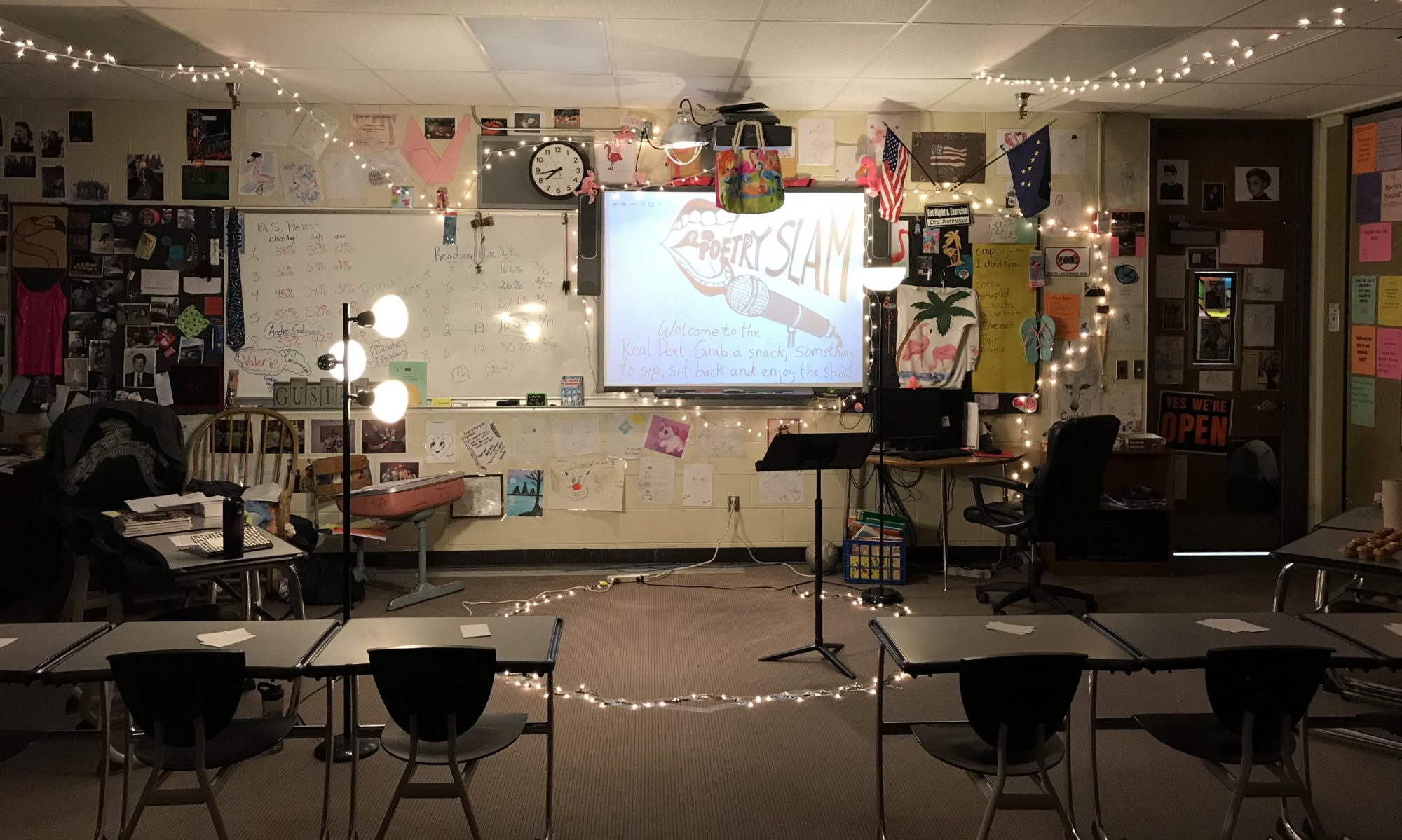PE
I have a 17-month-old daughter named Adelin. When I watch Adelin play, I am always fascinated with her physical development. Before she could walk, Adelin would grab onto chairs and couches to pull her body up to standing position. From there, she could side step along with one hand on the seat to steady her balance. Then she took her first step. It was an accident, really.
For the past week, Adelin had been making a big show of picking up a green recess ball and holding it in two hands while standing. Her gap-toothed smile seemed to stretch from ear to ear whenever she held that ball. It was her “best friend.” When she dropped her “best friend” onto the living room floor and it bounced a few feet away, Adelin did not think before she took two steps toward it. Arms waving madly, she stumbled forward with locked knees and reached the ball. She stared at it for a long time before her eyes rose to meet mine. Smiling, Adelin let out a triumphant shriek. My wife and I did, too.
This is a story about my kid. It’s also an illustration of the development of motor competence. Motor competence is broad term that includes the performance of gross motor skills, which are usually classified into object control and locomotor skills (Kohl & Cook, 2013). All children don’t need to be experts in all movement skills, but children who do not acquire the fundamental motor skills will likely struggle when attempting more advanced physical activities (Fisher et al., 2005). This is one justification for including physical education (PE) in a school’s curriculum.
An increasing amount of evidence suggests that students who feel competent in performing physical skills remain active throughout their lives (Lubans et al., 2010). If we accept that public education should strive to graduate students who mentally and physically fit, then we need to search for opportunities to integrate locomotor skill practice into lessons about reading, mathematics, and science. I’ve included an animal locomotor skills lesson plan for kindergarten through 2nd grade in my portfolio as an example of how to integrate these topics. This unit combines careful observation of animals with pretend play. Science and PE are woven together in a way that students should find engaging and informative.
The lesson builds on research that shows motor skill development should be a key strategy in childhood interventions aiming to promote long-term physical activity (Barnett et al., 2009). I am interested in designing a PE curriculum with high carry-over value, a term that refers to the ability of a student to generalize the lesson content to the rest of their life (Fisher et al., 2005). Whether my teaching builds flexibility of the body or flexibility of the mind, my goal is to introduce students to life-long habits of health and curiosity.
References
Fisher, A., Reilly, J.J., Kelly, L. A., Montgomery, C., Williamson, A., Paton, J. Y., & Grant S. (2005). Fundamental movement skills and habitual physical activity in young children. Medicine and Science in Sports and Exercise. 37 (4): 684.
Lubans, D.R., Morgan, P.J., Cliff, D. P., Barnett, L. M., & Oakley, A. D. (2010). Fundamental movement skills in children and adolescents: Review of associated health benefits. Sports Medicine. 40 (12): 1019–1035.
Kohl, H. W., & Cook, H. D. (2013). Educating the student body: Taking physical activity and physical education to school. Washington: National Academies Press.
Barnett, L. M., Beurden, E. V., Morgan, P. J., Brooks, L. O., & Beard, J. R. (2009). Childhood motor skill proficiency as a predictor of adolescent physical activity. Journal of Adolescent Health. 44(3), 252-259. doi:10.1016/j.jadohealth.2008.07.004

